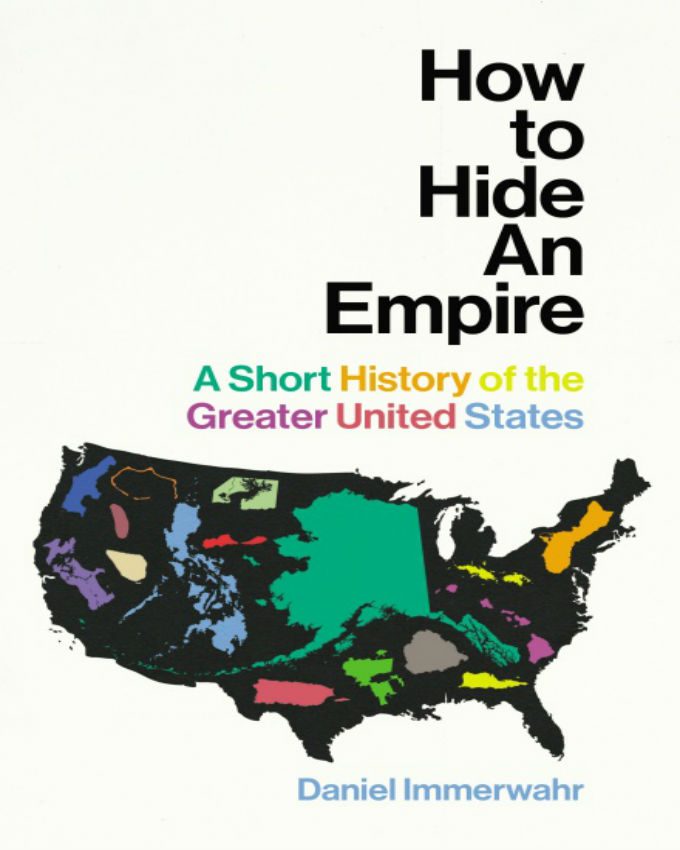
Yet the USA is often still seen as quite contained and isolationist, with the common perception that Americans rarely travel outside their own borders. The spread of American culture, English language, influence and money across the world is undeniable. In fact, ‘the United States still maintains nearly 800 military bases in more than 70 countries and territories abroad’ (Vine, 2015). There is scarcely a nation that does not have some form of US embassy, outpost or military base within its borders.

As the US features so heavily in our daily lives, this is also an important book for any student who wants to better understand the background and development of one of today’s largest global superpowers. It is a vital study for Geography students as it exposes alternative perspectives and the very real impact of American expansion. It uncovers a history that has been neglected, misunderstood or outright ignored. With discussion turning towards the decolonisation of Geography this feels a very timely publication. How is it ‘hidden’ from history and the inevitable criticism that comes along with any discussion of the history of imperialism across the world? How to Hide an Empire by Daniel Immerwahr is a detailed and all-encompassing, but easily accessible and even occasionally entertaining read. The growth and decline of the British Empire, and the Roman Empire, are well documented but the American Empire less so.

(2021) A review of ‘How to Hide an Empire: A Short History of the Greater United States’.

Immerwahr, D How to Hide an Empire: A Short History of the Greater United States.


 0 kommentar(er)
0 kommentar(er)
